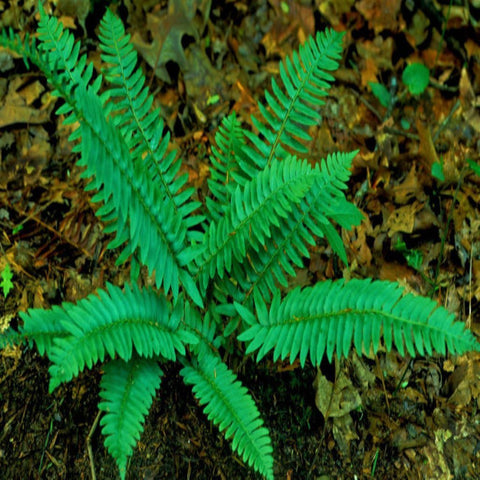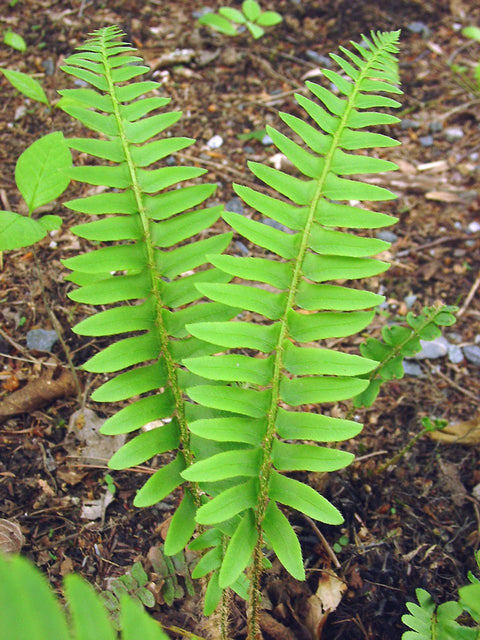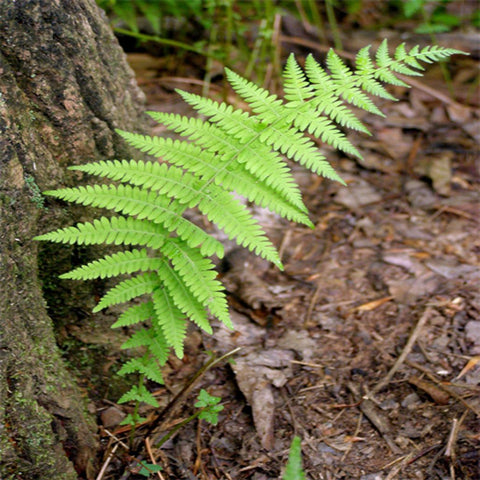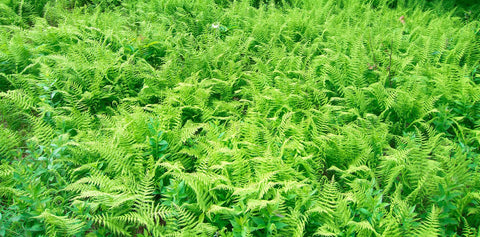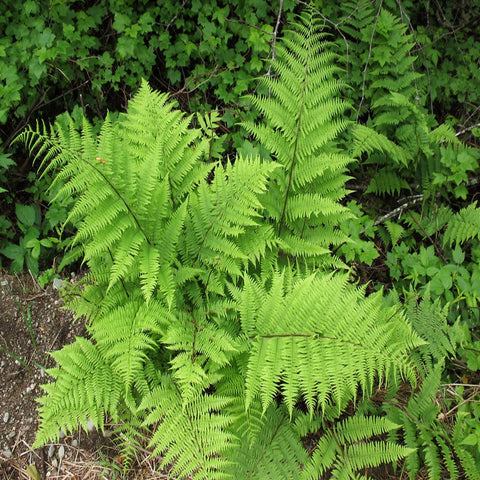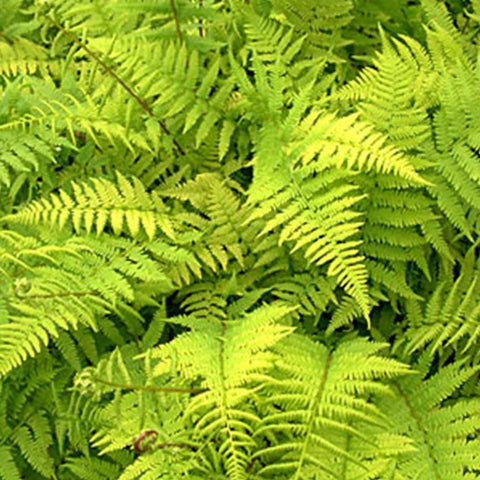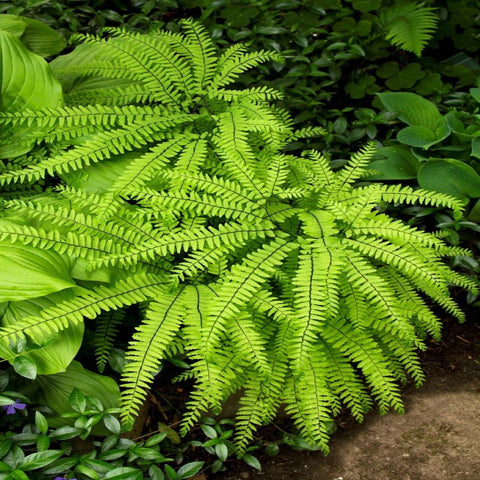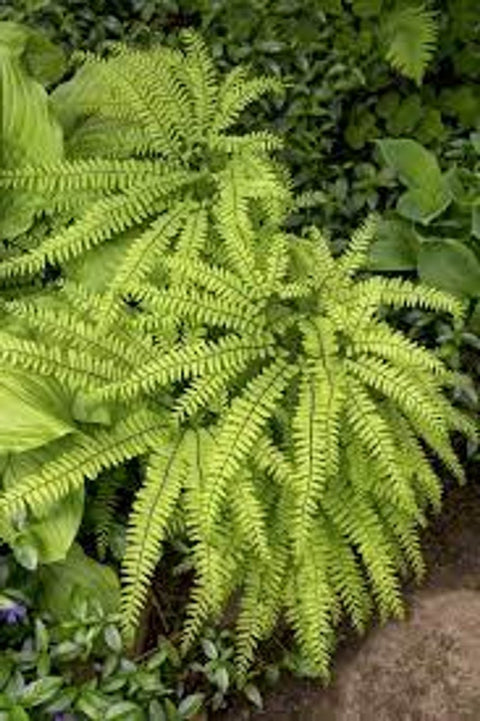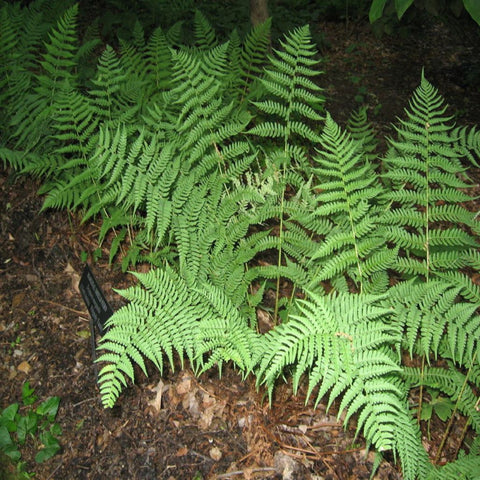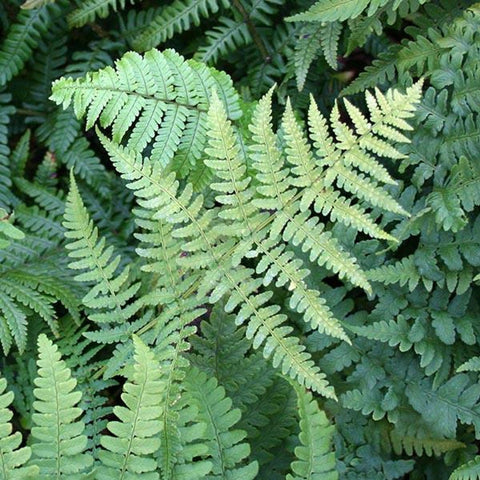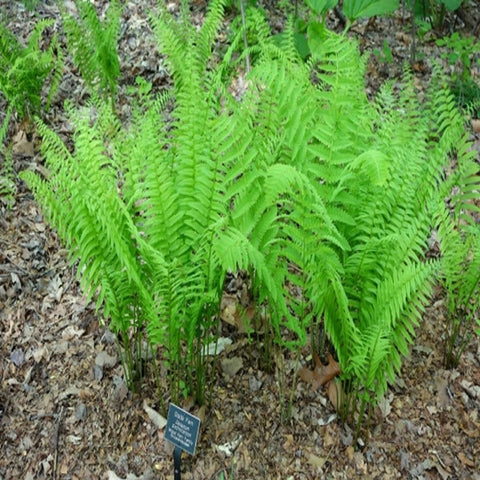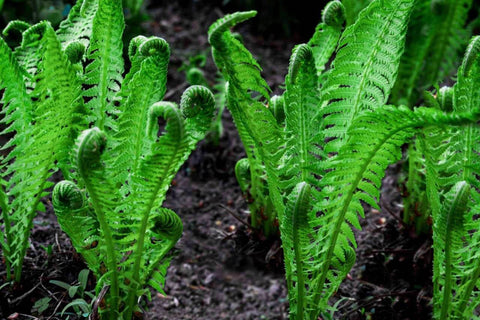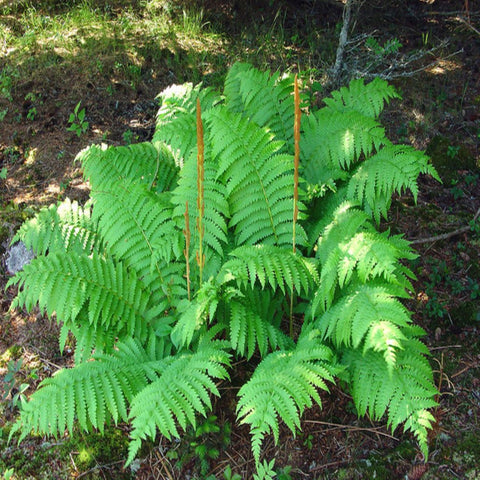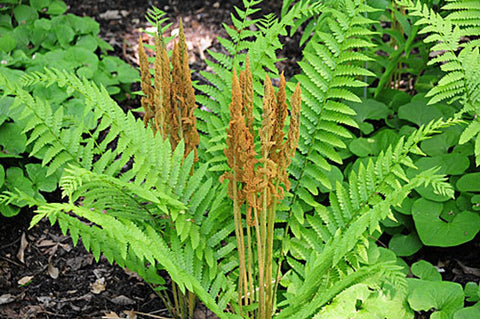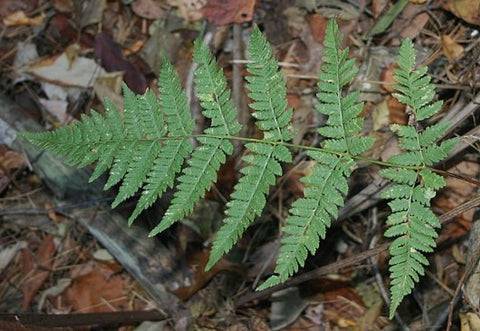8 products
Native Ferns
Native ferns are ancient plants that have been around for thousands of years. There are over 12,000 species of ferns, many of which are native to different regions around the world. Native ferns grow naturally in a particular area without being introduced by humans.
In many parts of the world, native ferns are essential to the ecosystem. They provide habitat for animals and insects, help prevent erosion, and contribute to the environment's overall health.
Native ferns can vary widely in their appearance and growth habits.
Some are small and delicate, while others are large and robust. They may grow in moist or dry conditions; some are even adapted to grow in rocky or sandy soils.
In addition to their ecological importance, many native ferns are also valued for their ornamental qualities. They can be used in gardens, as well as in floral arrangements and other decorative purposes.
It's worth noting that some ferns are considered invasive species in specific regions and can cause harm to the environment by outcompeting native plants. It's essential to consider the potential impact of introducing any non-native plant species before doing so.
Ferns do not bloom traditionally like flowering plants; they do not produce flowers or seeds. Instead, ferns reproduce by spores on the undersides of their fronds (leaves).
The timing of spore production and release can vary depending on the species of fern and local environmental conditions. Spores are generally produced in specialized structures called sori found on the undersides of the fronds. These sori usually develop in late summer or early fall and can remain on the plant throughout the winter.
When the conditions are right, the spores are released and dispersed by the wind. If they land in a suitable environment, such as moist soil or on the surface of a tree trunk, they can grow into new ferns.
Not all ferns produce sori simultaneously, so there may be some variation when different species of native ferns are actively reproducing.
Native ferns are well-suited to the local climate and soil conditions, making them easier to maintain and less reliant on artificial inputs like fertilizers or pesticides.
By planting native ferns, you can help support local biodiversity by providing a habitat for native insects and other wildlife. Native ferns can also help improve soil health and reduce erosion, benefiting other plant species.
Native ferns can be beautiful, with various leaf shapes, colors, and textures. They can be used in multiple designs, from naturalistic woodland gardens to more formal settings.
Where to buy native ferns?
By choosing native ferns, you can help reduce the spread of invasive species and support a more sustainable approach to landscaping that is less reliant on non-native plant species and artificial inputs.
Choosing native ferns can help support local ecosystems, reduce maintenance needs, and create a more beautiful and sustainable landscape.

